AdWords vs. AdSense: We Break Down the Differences
When it comes to generating traffic and brand awareness, digital advertising through Google is the way to go. Knowing how each of its programs — Google AdWords and Google AdSense — work is important for leveraging your business over...

When it comes to generating traffic and brand awareness, digital advertising through Google is the way to go. Knowing how each of its programs — Google AdWords and Google AdSense — work is important for leveraging your business over your competitors. Digital advertising is surpassing traditional advertising, and Google is a huge reason why. In fact, Google Ads has one of the highest ROI rates in advertising. As one of the biggest digital advertising platforms, Google is responsible for 28.6% of total US digital ad spending alone. You can boost your advertising strategy by optimizing ad placement for your target audience using one or both of Google’s advertising programs. In this article, we’ll cover: Google AdWords (also known as Google Ads) is a program that allows advertisers to make bids for ad placements to drive traffic to their websites. These placements can be in Google’s Search Engine Results Pages (SERPs) or the Google Display Network (the network of sites, apps, and more that show Google display ads). The search ads that appear in the SERPs are a great option if you know there’s a demand for your product and your audience is using search engines to satisfy it. The Google Display Network ads — also known as banner or display ads — are more visual. These ads are perfect for grabbing attention as you “rent” space where your audience hangs out online. The Google Display Network includes more than 2 million websites, videos, and apps where your Google Ads can appear. That includes popular sites like YouTube, Google Finance, Gmail, and Blogger. For example, if you watch a project management video on YouTube, you may see a banner ad for Monday.com. Google released another advertising program three years after Google Adwords’ inception. It’s called Google AdSense. We’ll discuss its core features below. Google AdSense allows publishers to place ads on their websites and other “real estate” in exchange for a “commission.” These publishers make up a portion of the Google Display Network that advertisers can leverage through Google AdWords. In the image below, the recipe website uses Google AdSense to allow two advertisers to place banner ads on their site. The recipe site is paid by Google for the success of these ads. (More on this later.) Google AdSense is perfect for website publishers who are already getting traffic and want to monetize it. Read for the main differences between Google AdWords and AdSense. While the Google AdWords program is geared toward attracting advertisers, the Google AdSense program is geared toward attracting publishers. Advertisers use Google AdWords to drive traffic to their sites. Publishers use Google AdSense to monetize their existing traffic. Below, we’ve highlighted some core differences between Google’s advertising options. With this information, you can make decisions on how best to distribute your ad budget. Google Adwords is designed to bring traffic to your site. You are posting your own ads and boosting your site’s ranking in search. Meanwhile, Google AdSense is a way to generate revenue from your site’s popularity. You are giving Google permission to place display ads for other products on your site. Google AdWords gives you the opportunity to get your product in front of potential customers. With Google AdWords’ search feature, you know that your audience searches for your products or services on Google. You’re making sure you show up in the SERPs for those queries. Google AdWord’s display ads give you a different way to get attention. Your audience may not know about your product or service and aren’t searching for it on Google. However, a visual ad may catch their eye if you can show up on the sites where they do hang out. Google AdSense has a different strategic role. Your site is generating traffic, and you want to monetize it. You don’t mind “renting out” real estate on your site to advertisers that your audience may find interesting. The cost structure for AdWords Search, AdWords Display, and AdSense vary. If you’re using Google AdWord’s Search feature, you pay a fee every time a user clicks on your ads. This cost per click (CPC) can vary based on how much you bid, your ad rank, and your quality score. More competitive keywords have a higher CPC. For Google AdWord’s Display feature, you can choose the right pricing for your goals. The different payment methods follow. For Google AdWords Display, you bid for placement, and “the winner of the auction pays the minimum amount necessary to outrank the next advertiser in the auction.” Competition drives up bidding. Industry and highly sought-after publications may cost more. With AdSense, participation is free. You receive commission for the clicks, impressions, and other interactions the ads on your site receive. For this reason, your audience, the ad placement, and the ad quality will all be factors in how much you can make with AdSense. We’ll take an in-depth look at the auction process for Google AdWords’ Search feature below. Naturally, there’s enormous demand for the top ad rankings. Google triggers an auction any time there are at least two advertisers bidding for popular keywords. Advertisers categorize keywords, their corresponding ad copy, and webpage into groups. They then pick the group they want to bid on and choose their maximum bid. Next, Google will select a keyword from the advertiser’s ad group that they deem most relevant to users’ search queries and enter it into the auction. A Google auction isn’t like your typical auction for antiques. They want to level the playing field when it comes to leveraging the size of their reach. Instead of the highest bidder always winning, the bidder with the highest ad rank always wins. Ad rank is calculated by multiplying your maximum cost-per-click bid with the quality score of your ad. Google determines your quality score by measuring your page’s relevance to the keyword, user experience, and click-through rate. Organizations can’t acquire the top ranking for any keyword they want just because they have the biggest ad budgets. Their content has to be engaging. In the same vein, they also want to discourage bad advertisers from advertising bad content. Advertisers with low-quality scores will usually only acquire a high ad position if they pay a huge cost-per-click bid. If they want to pay a lower cost-per-click, they have to settle with stooping at the bottom of the ad rankings. If you win a Google auction, your actual cost-per-click is calculated by the second-highest ad rank divided by your quality score, plus 1 cent. The only time you’ll pay your maximum bid is if you’re the only bidder in the auction or if you make the highest bid in the auction, but you have the lowest ad rank. In this case, you’ll acquire the last ad rank. According to SERP Watch, customers are 155% more likely to search for brand-specific terms after exposure to display ads. This alone makes it a great idea to incorporate an online advertising strategy using one or both of Google’s ad programs. While Google Adwords and Google AdSense are part of the same company, there are core differences between the two programs. One may be more suitable for you than the other. Google AdWords: Unlike Google AdWords, AdSense does not optimize the ads that they display on a publisher’s website. Instead, AdSense: Google AdWords (both Search and Display) and Google AdSense are effective ways to generate revenue with digital advertising methods — the former as you drive traffic to your site and the latter as you use your site to drive traffic elsewhere. You might be tempted to maximize your AdWords strategy by pointing your search traffic to a webpage with AdSense ads. But because of Google’s strict advertising policies, this is not a smart move and your accounts will likely be suspended. You can, however, run both Google AdWords and Google AdSense for and on your website. Just be sure to point AdWords traffic to a landing page without AdSense ads. Then, place AdSense ads on your other web pages, and you’ll be good to go. Ads can increase brand awareness by 80%, making digital marketing one of the best forms of advertising. Google makes it easy to implement an advertising strategy with its programs AdWords and AdSense. Once you choose the program(s) that are right for you, you can begin your advertising strategy and execution. Editor’s note: This post was originally published in March 2019 and has been updated for comprehensiveness.
What is Google AdWords?
Search
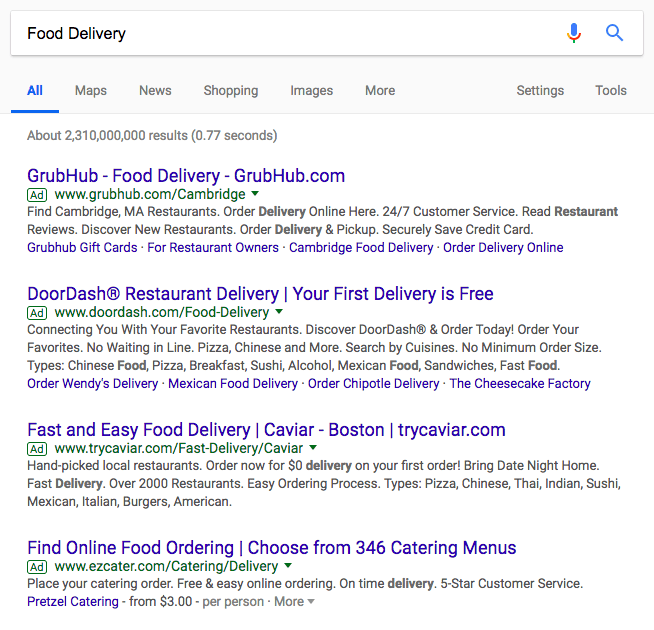
Display
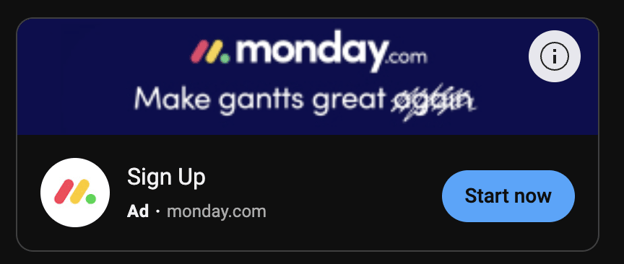
What is Google AdSense?

AdWords vs. AdSense
Purpose
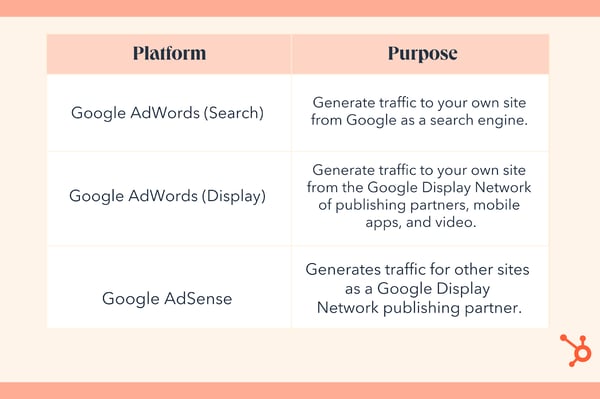
Strategy
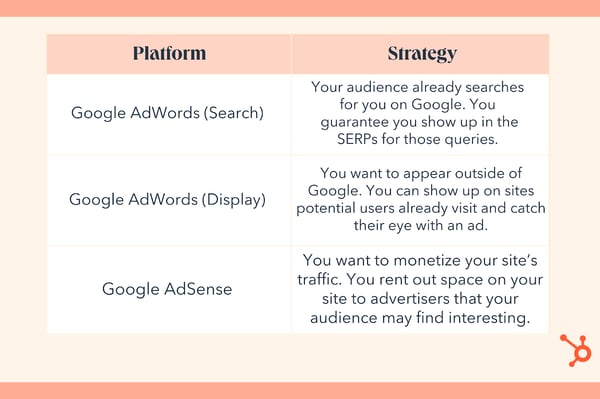
Cost Structure
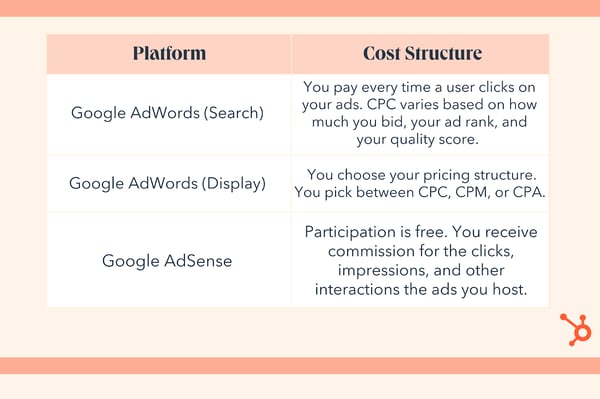
Google AdWords (Search)
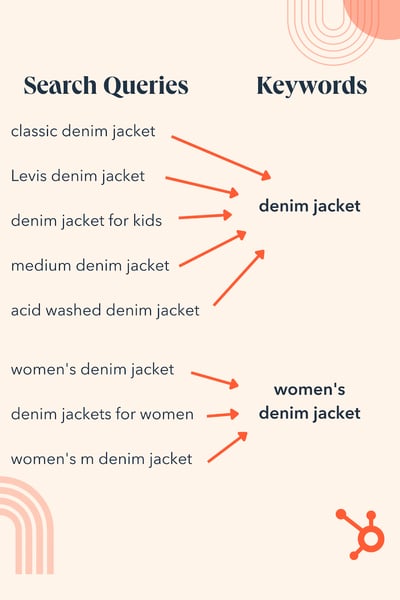
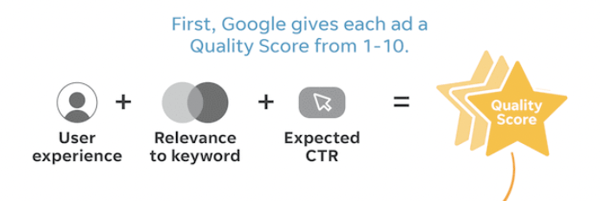
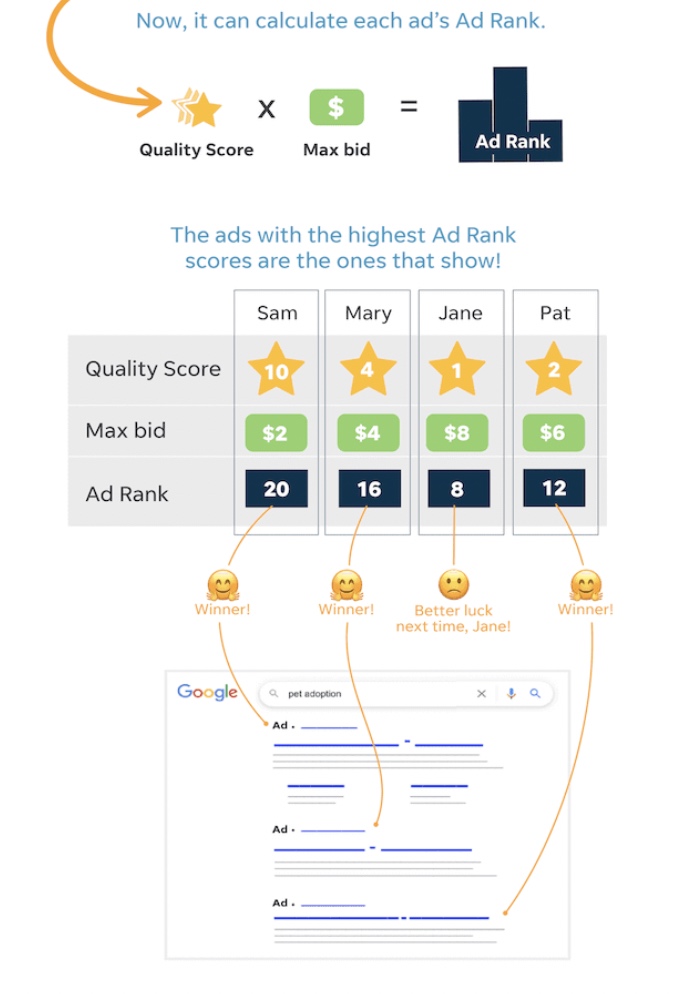
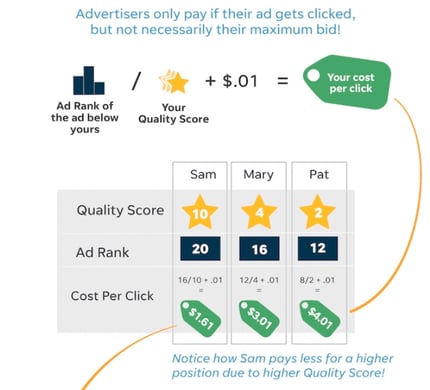
Google AdWords vs. Google AdSense
Can I Use Google AdWords and Google AdSense?

 AbJimroe
AbJimroe 
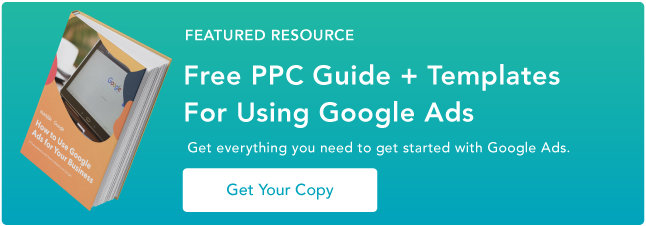










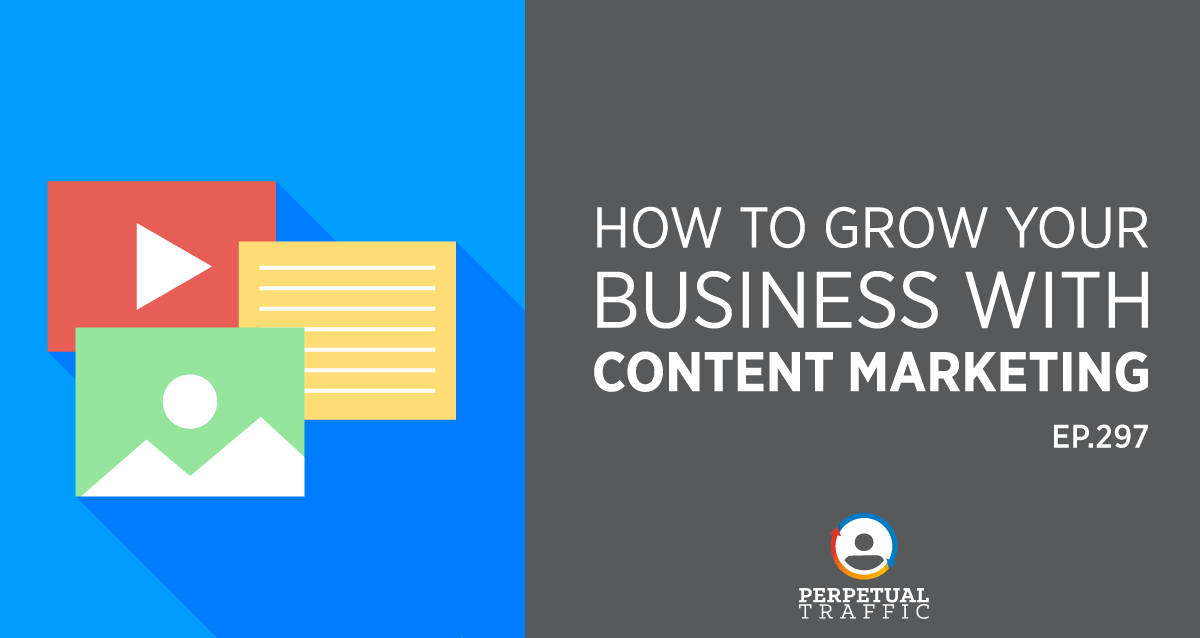


![How Many Visitors Should Your Website Get? [Data from 400+ Web Traffic Analysts]](https://blog.hubspot.com/hubfs/Copy%20of%20Untitled-Sep-30-2021-06-33-43-49-PM.png#keepProtocol)















.jpg&h=630&w=1200&q=100&v=6e07dc5773&c=1)

